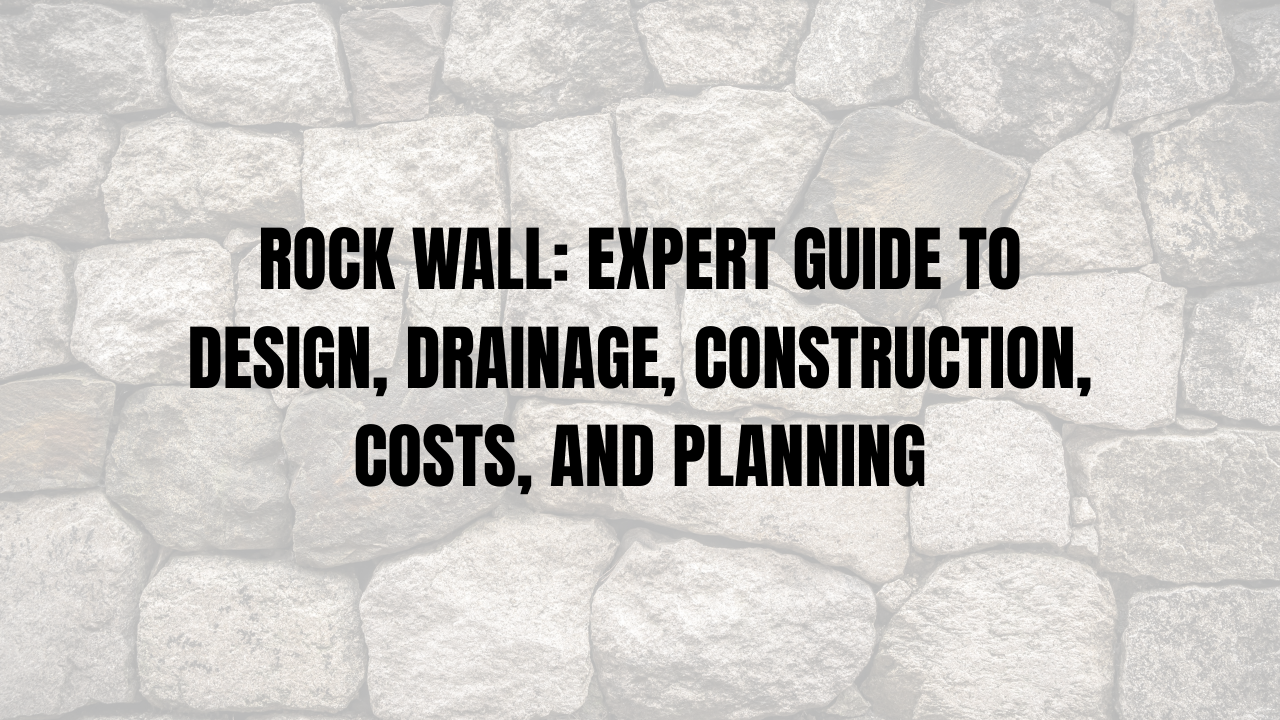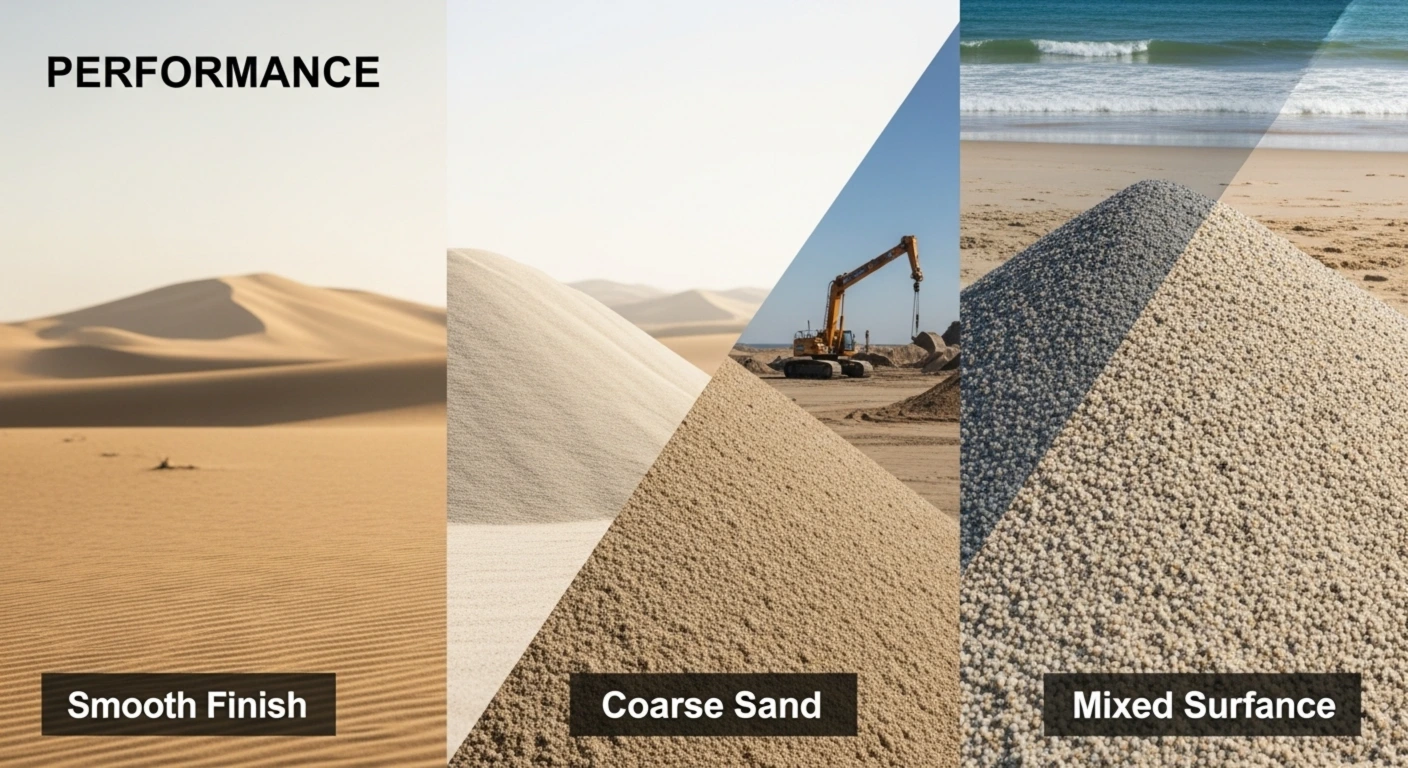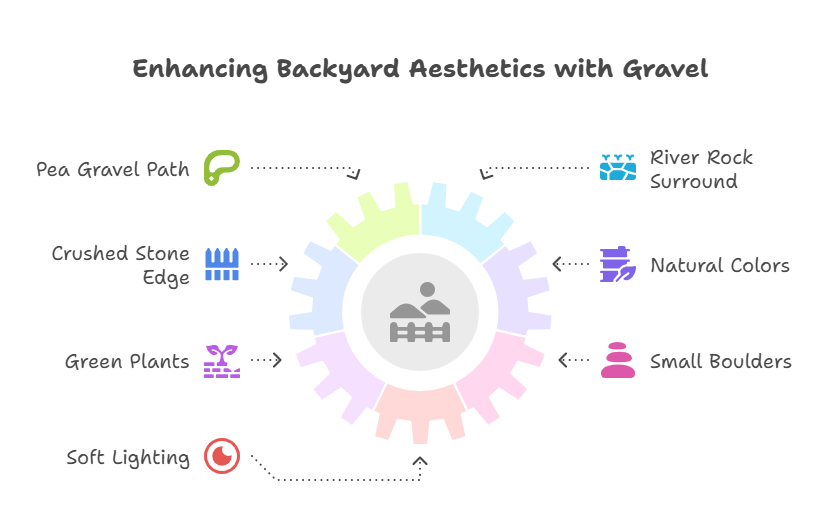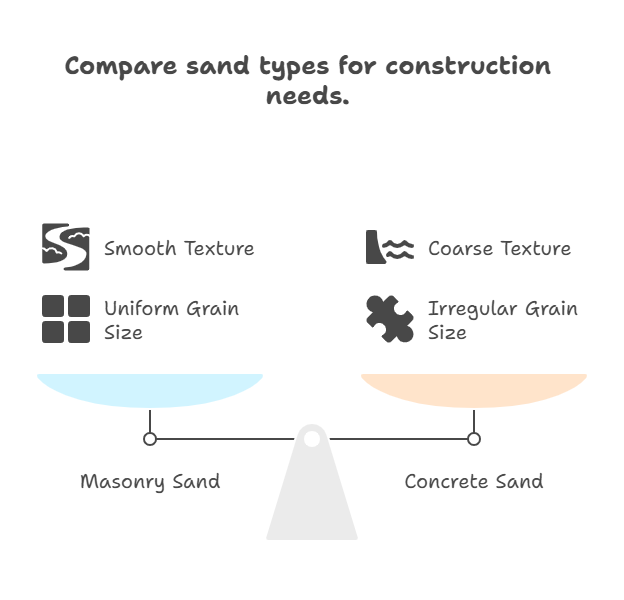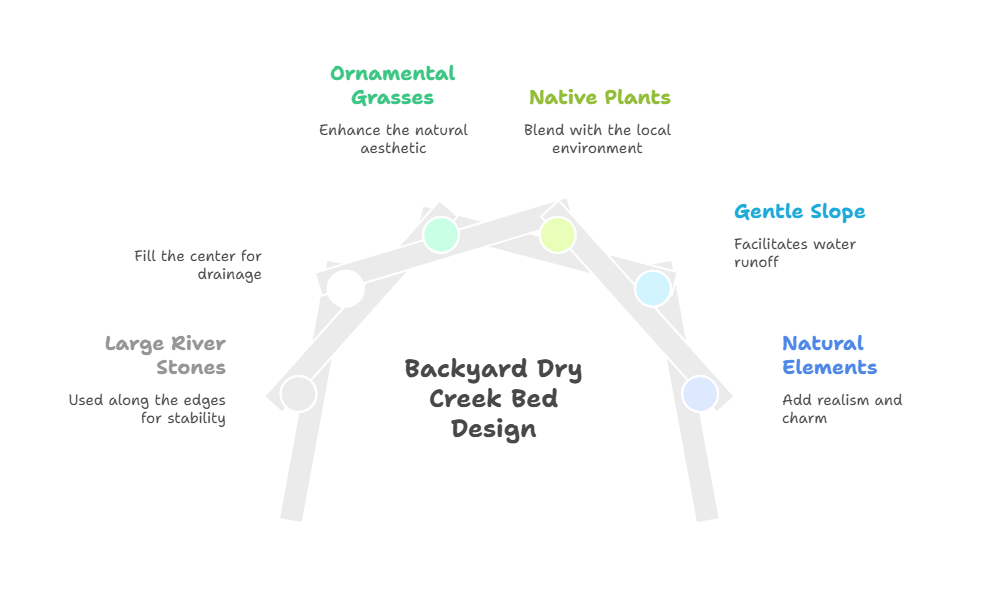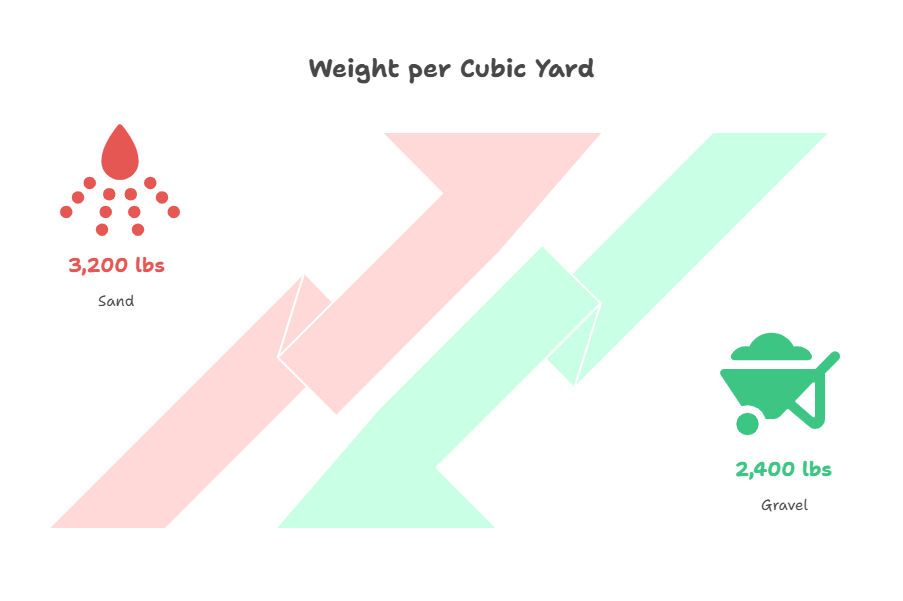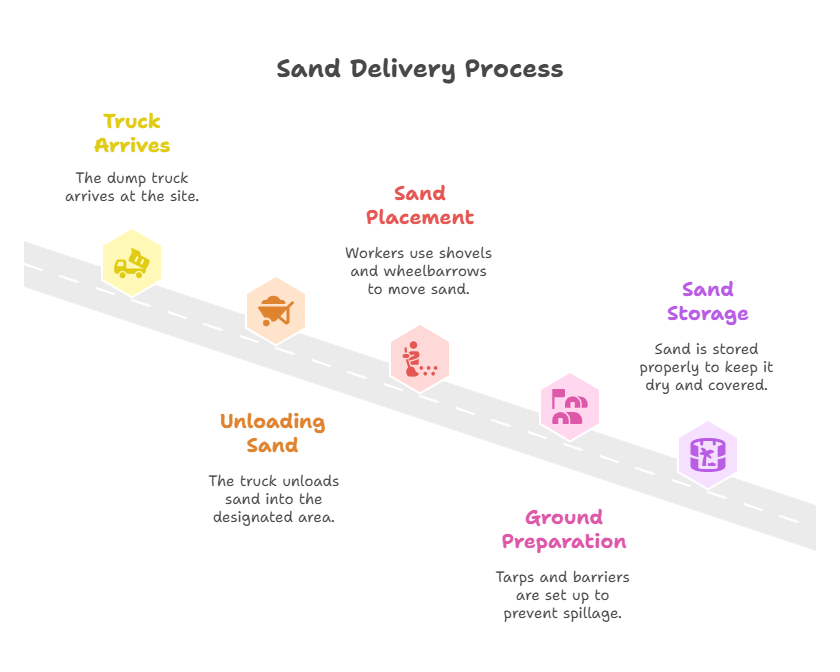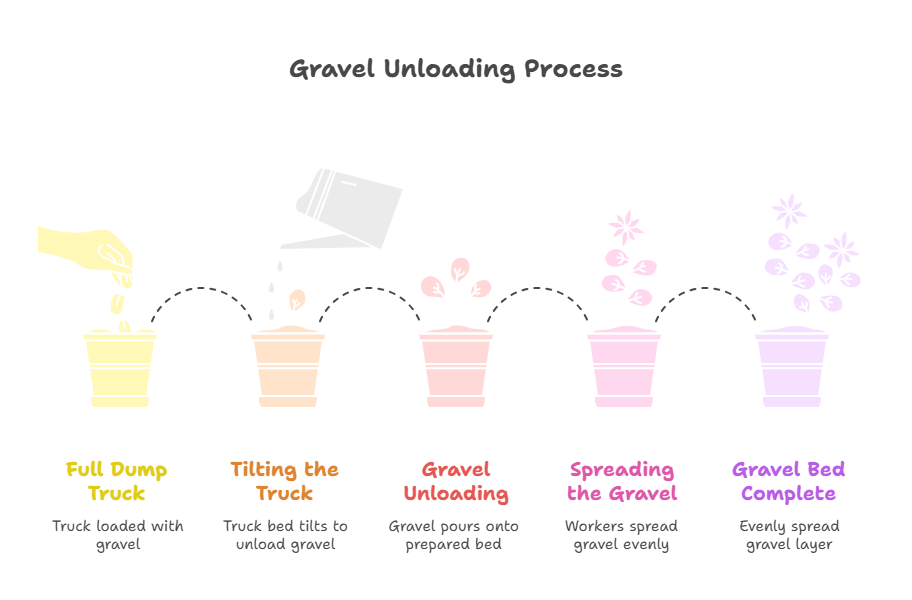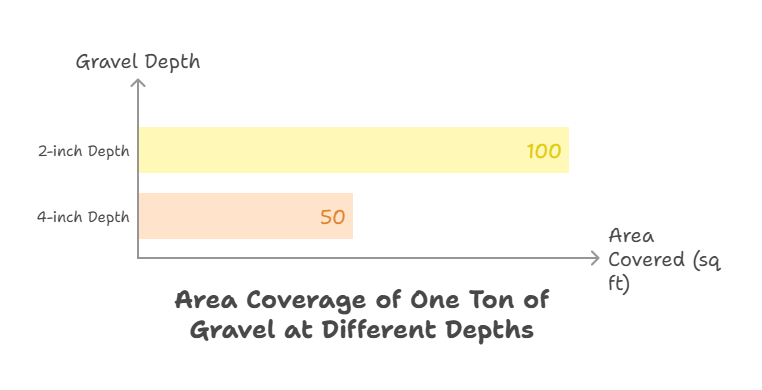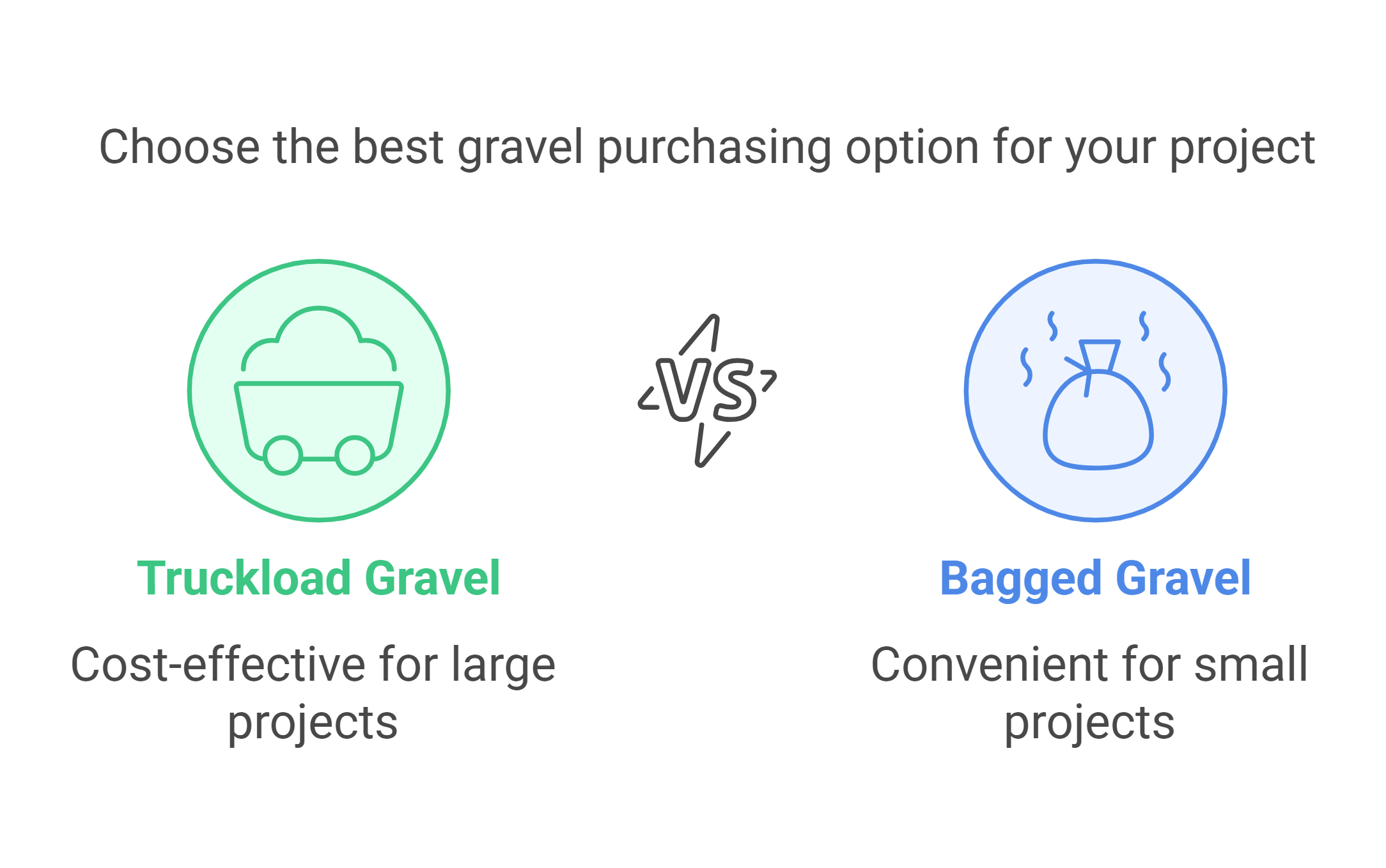Understanding Gravel Calculation (Formula and Units)
It’s helpful to know what’s happening behind the calculator’s results. The core calculation involves a few simple formulas:
Area Calculation:
First, determine the area that needs gravel coverage.
If you have a rectangular area, area = length × width. For a circular area, area = π × (radius)² where radius is half the diameter.
For a triangular area, area = 0.5 × base × height.
Irregular shapes can be broken into a combination of basic shapes
calculate each area and sum them up for the total
If you already know the total square footage or square meters you can use that directly.
Volume Calculation:
Once you have the area, multiply it by the desired depth of gravel (make sure all units are consistent)
For example, if area = 100 square feet and depth = 0.25 feet (3 inches), volume = 100 × 0.25 = 25 cubic feet. The calculator will do this for you automatically.
If you entered dimensions in feet and depth in inches, the tool converts the units appropriately it knows 3 inches is 0.25 feet.
The result may be given in cubic feet often it’s then converted to cubic yards because gravel is commonly sold by the cubic yard.








